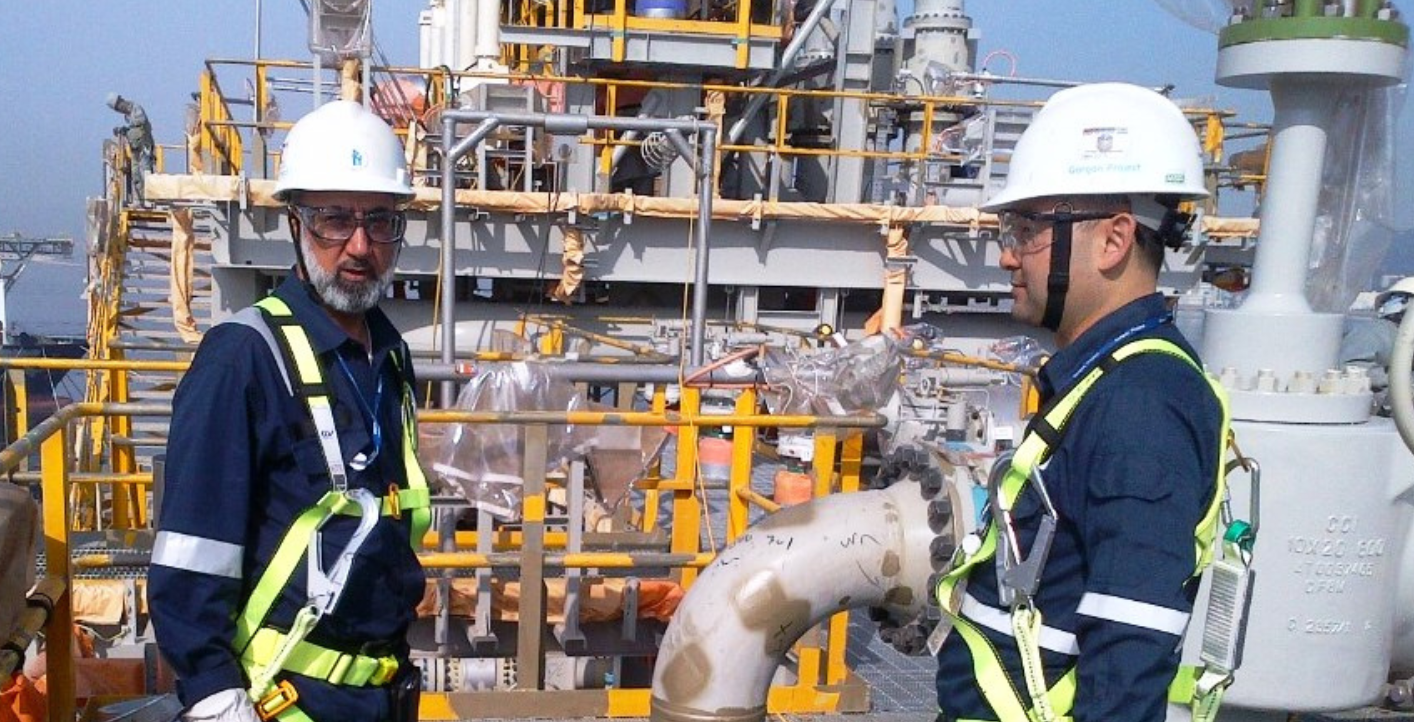Transforming safety culture at a ship and fabrication yard in Korea
A global shipbuilder partnered with JMJ to create a safer, Incident and Injury-Free™ (IIF™) environment



A global shipbuilder partnered with JMJ to create a safer, Incident and Injury-Free™ (IIF™) environment
A leading global shipbuilder aimed to transform its Korean division into an Incident and Injury-Free™ (IIF™) yard, setting a new global standard for safe production. Operating across ten drydocks and using nine ‘Goliath Cranes’, the shipbuilder faced significant challenges that threatened its vision.
Many workers were not fully utilizing existing safety management systems, often taking shortcuts under schedule and construction pressure. Trust in the effectiveness of these systems was low, and safety standards varied based on client preferences, leaving workers and subcontractors without a consistent safety framework. Additionally, 80% of the workforce were subcontractors, with foremen and supervisors focused heavily on production incentives.
The traditional HSE management system centered on enforcing rules, but the leadership model discouraged workers from speaking up or challenging unsafe practices. This, combined with a reliance on lagging safety indicators and limited engagement between HSE professionals and the workforce, led to a disconnect in safety leadership.
Partnering with JMJ, the shipbuilder developed a unique approach to elevate safety leadership and performance, shifting safety from a compliance-based model to one that embedded it into the core values of the organization.
JMJ collaborated with the leadership team to review and enhance the shipyard’s existing HSE systems, which were already aligned with industry best practices. The focus was on ensuring a clear understanding of the importance of these systems, with necessary adjustments made to optimize their effectiveness. By actively involving the workforce in this process, the systems evolved to address the demands of a changing work environment.
Additionally, JMJ introduced new development programs for all levels of the workforce. Recognizing the limitations of relying solely on lagging indicators, a new process was implemented to capture leading indicators, providing a comprehensive view of the shipyard’s safety culture.
Senior leaders and middle managers committed to safety by developing their leadership skills and demonstrating genuine care for the workforce. This shift positioned safety as a core value, integral to the organization’s success. IIF Champions were established at all levels to address issues raised by the workforce, ensuring that feedback was acted upon and contributing to a unified program for safety performance and leadership.
The shipyard successfully integrated its vision and core practices into day-to-day operations, enabling the workforce to quickly grasp the purpose and objectives of safety systems and practices. As a result, employees are better equipped to adapt their safety approaches to meet the yard’s challenges.
Leaders have expressed newfound clarity about their commitment to an Incident and Injury-Free safety culture, stating, “I am happy that we had a collective understanding about the ‘WHY’ of the vision. I believe this will help us implement a new safety culture successfully in this yard.”
Workers have embraced the philosophy that safety is linked to production, with one remarking, “Safety is closely related to production; we can make quality products by pursuing both safety and production.”
The emphasis on continuous action is echoed by the workforce, who recognize that, “I must take care of myself and my colleagues. It’s about my family. This is not a one-off action. I should take action on a continuous basis.” Overall, the shipyard created a culture of open communication and shared responsibility.